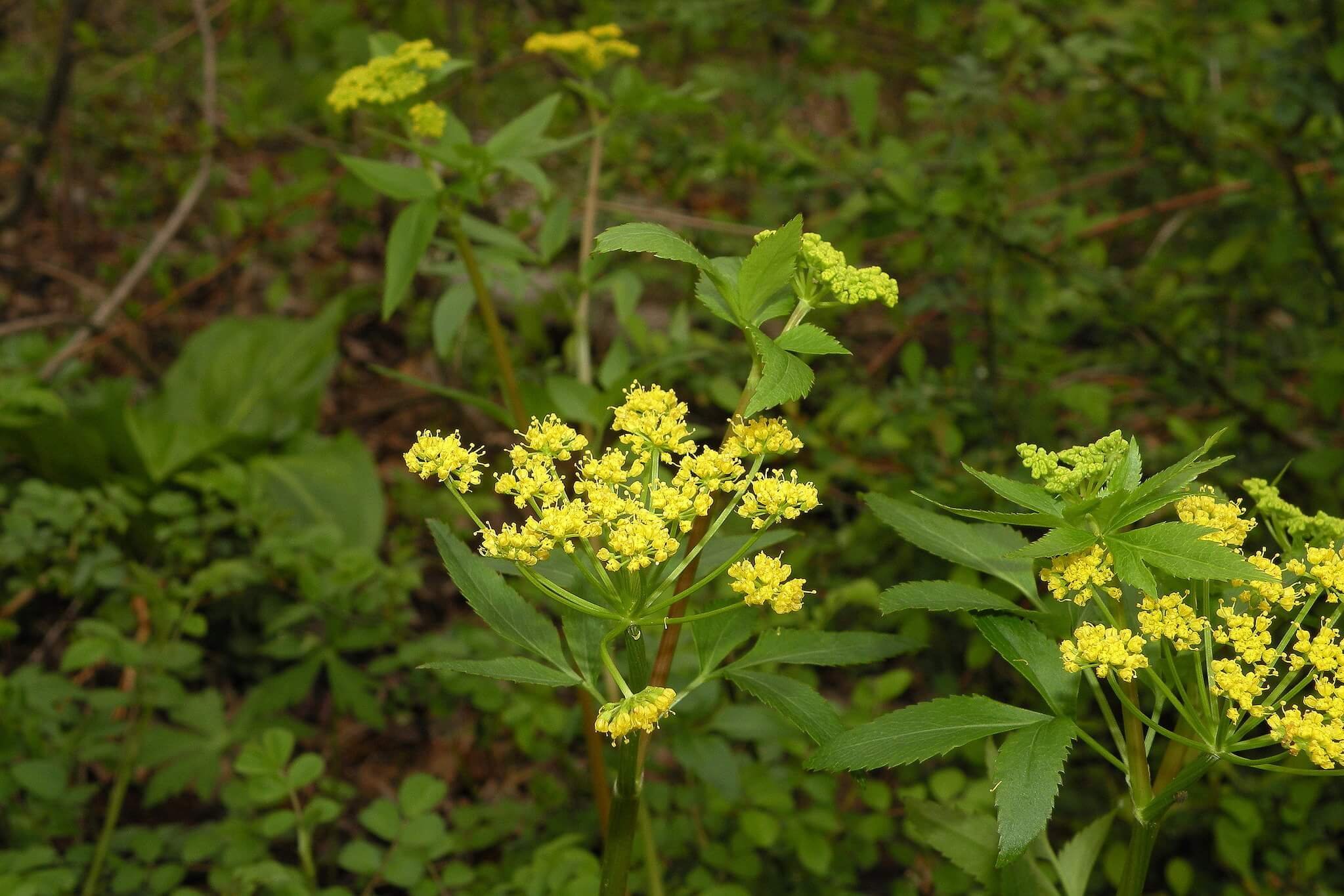Silverweed (Potentilla anserina)
Silverweed is also known as Argentina anserina. The flowers attract various bees and it may be a host plant to 18 species of butterflies and moths use this as a host plant in our area (nwf.org). It is also the host plant to the specialist bees Andrena melanochroa, Andrena ziziaeformis, and Panurginus potentillae (Johnson and Colla, 2023). I love it because it makes a nice loose ground cover in a garden bed. So far mine is not really dense enough to out-compete or smother other weeds, but it is a nice space filler around other plants, especially when they are small. It spreads by runners, which are pretty easy to remove or transplant elsewhere.
Photo credit: Gail Hampshire
Silverweed is also known as Argentina anserina. The flowers attract various bees and it may be a host plant to 18 species of butterflies and moths use this as a host plant in our area (nwf.org). It is also the host plant to the specialist bees Andrena melanochroa, Andrena ziziaeformis, and Panurginus potentillae (Johnson and Colla, 2023). I love it because it makes a nice loose ground cover in a garden bed. So far mine is not really dense enough to out-compete or smother other weeds, but it is a nice space filler around other plants, especially when they are small. It spreads by runners, which are pretty easy to remove or transplant elsewhere.
Photo credit: Gail Hampshire
Silverweed is also known as Argentina anserina. The flowers attract various bees and it may be a host plant to 18 species of butterflies and moths use this as a host plant in our area (nwf.org). It is also the host plant to the specialist bees Andrena melanochroa, Andrena ziziaeformis, and Panurginus potentillae (Johnson and Colla, 2023). I love it because it makes a nice loose ground cover in a garden bed. So far mine is not really dense enough to out-compete or smother other weeds, but it is a nice space filler around other plants, especially when they are small. It spreads by runners, which are pretty easy to remove or transplant elsewhere.
Photo credit: Gail Hampshire
Life Cycle: Perennial
Sun Exposure: Full, Partial
Soil Moisture: Medium-Wet, Medium
Height: 0.5-1 feet
Plant Spacing: 1-3 feet
Bloom Time: June-August
Bloom Color: Yellow
Advantages: Pollinator Favorite
Host Plant: 18 species of butterflies and moths use this as a host plant in our area (nwf.org)
Specialist Bee: Andrena melanochroa, Andrena ziziaeformis, and Panurginus potentillae (Johnson and Colla, 2023)
Resource: Johnson, Lorraine, and Sheila Colla. A Northern Gardener’s Guide to Native Plants and Pollinators: Creating Habitat in the Northeast, Great Lakes, and Upper Midwest. Island Press, 2023






